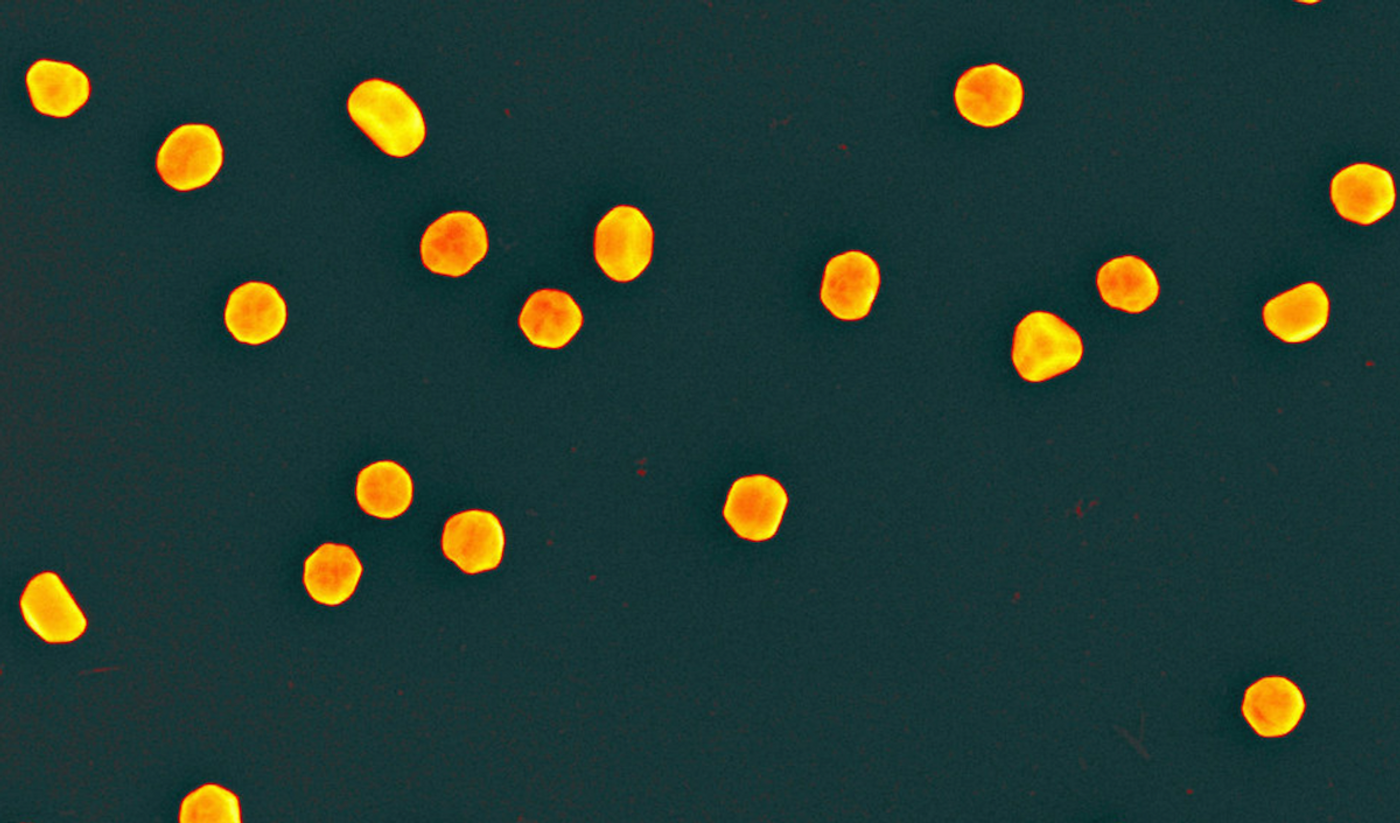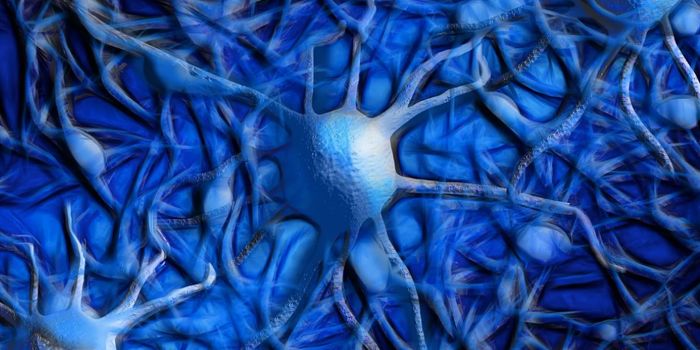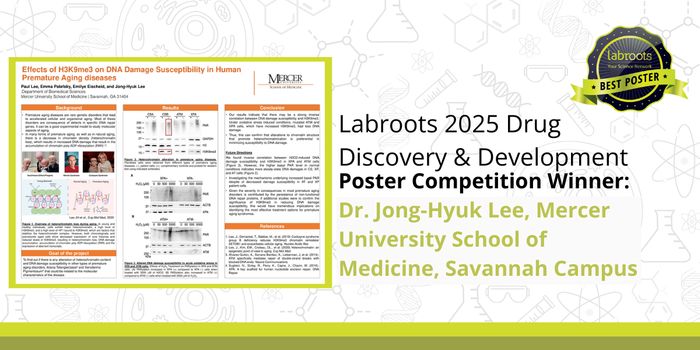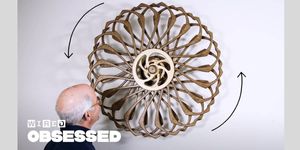
Improving Gene Therapy With Plant-Based Relatives of Cholesterol
Genetic diseases often result from small errors in individual genes, so if those erroneous genes could be replaced or supplemented with the right version of the gene, the disease would theoretically be cured. However, that's much easier said than done. One reason is because it's difficult to get a corrected, therapeutic version of a gene where it needs to be in cells. New research can help change that.
If nanoparticles that carry gene therapies contain molecules related to cholesterol that are derived from plants, they are able to get where they need to be more efficiently. The plant-based cholesterol relatives give the nanoparticles a shape that helps them move around with ease. These findings have been reported in Nature Communications and may help make many gene therapies more effective.
Two years ago, an assistant professor of pharmaceutical sciences with the Oregon State University (OSU) College of Pharmacy, Gaurav Sahay, and colleagues at OSU and Oregon Health & Science University created an improved cystic fibrosis therapy that put a molecular medicine (RNA that coded for the correct version of the gene mutated in cystic fibrosis) on lipid-based nanoparticles. Nanoparticles loaded with mRNA triggers cells to use it to generate the right version of a protein coded for by that mRNA. In cystic fibrosis, that means that cells can then use a functional chloride channel and will regulate water transport correctly, improving respiratory function and relieving disease symptoms.
The nanoparticles used in this study have also been approved for use in the clinic. Cholesterol adds stability to nanoparticles that transport genetic material. Sahay and colleagues have now used plant-based analogs called phytosterols to serve the same purpose, with an added cardiovascular benefit. The phytosterols make the nanoparticles go from a spherical to a polyhedral shape, which enables them to move faster. The nanoparticles perform better when they can move faster, because they must get away from a cellular compartment called an endosome and get to the cytosol where they need to be.
"One of the biggest challenges in the delivery of genes is that less than two percent of the nanoparticles reach the cytosol," said Sahay. "If you up the dose to get more genes there, now you have problems with toxicity, plus the cost goes higher. But the nanoparticles' shape changes because of these naturally occurring cholesterol analogs, and the new shape helps them deliver genes better. The analogs boost gene delivery 10-fold and sometimes 200-fold."

Now, inhalable particles can be made that can get across barriers in the lungs of cystic fibrosis patients, and their treatments can be used with high efficacy, Sahay added.
Sources: AAAS/Eurekalert! via Oregon State University, Nature Communications








